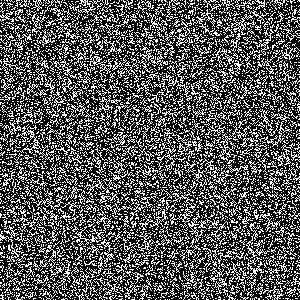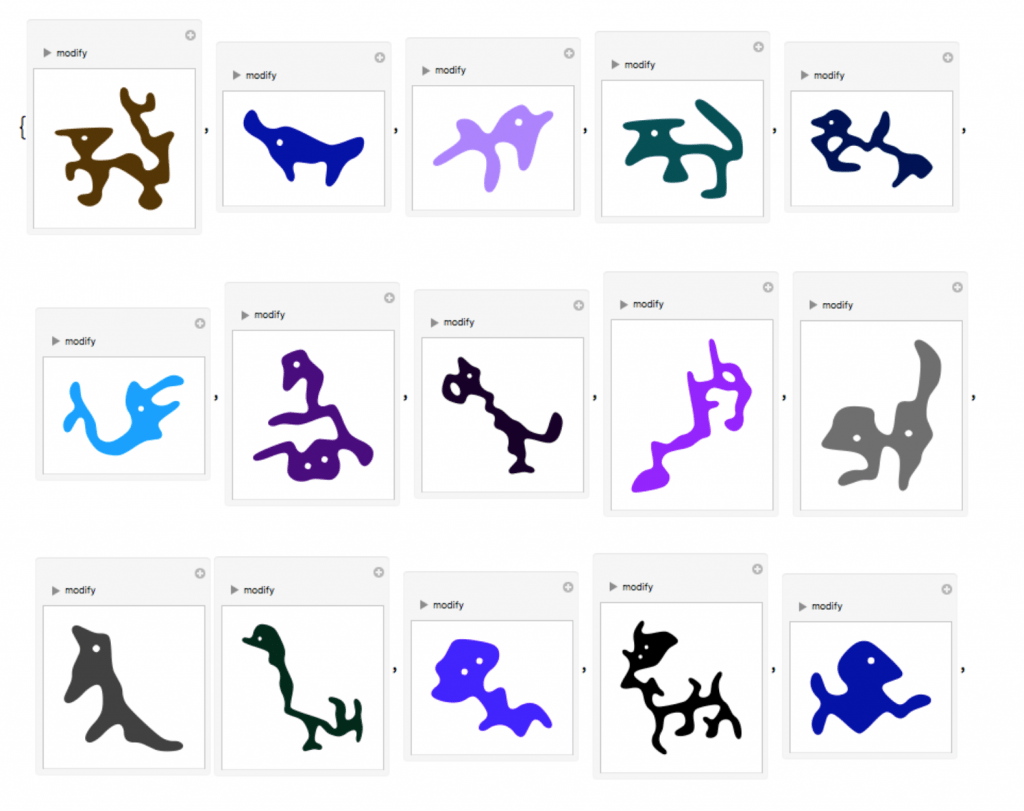LINK
The long evolutionary history of humans has optimized the recognition of animals in the human vision system. To escape predators and to find food. Sometimes we believe to see animals and human faces, even if there aren’t any, this phenomena is called pareidolia, or more generally apophenia. Classic examples are Jesus on a toast (Liu2014), the image on the shroud of Turin (Sheen2016), Elvis in a potato chip (Voss2011), and the face on Mars (Martinez-Conde2012). In many cases, in about 100ms (Naber2012) humans can identify animal shapes. Some animals, e.g. snakes are potentially identified much faster (VanLe2013).
So, an interesting question might be: how often do we (believe to) see animals in an genuinely random image?
人間は目にするものからパターンを見出すのが大好きな動物だ. このブログ記事は、WolframAlphaを用いて普通のランダムのノイズ画像の中から「動物っぽく見え」領域を切り出してみるという実験.

「目」のように見える穴が付いているとすぐに生き物に結びつけてしまうのが人間の癖だ. 動物らしい領域を見つけるために、WolframAlphaのImageIdentityと呼ばれるニューラルネットワークを用いた画像認識エンジンを利用している模様.

AIに妄想、勘違いさせるという点で好きなプロジェクト.
